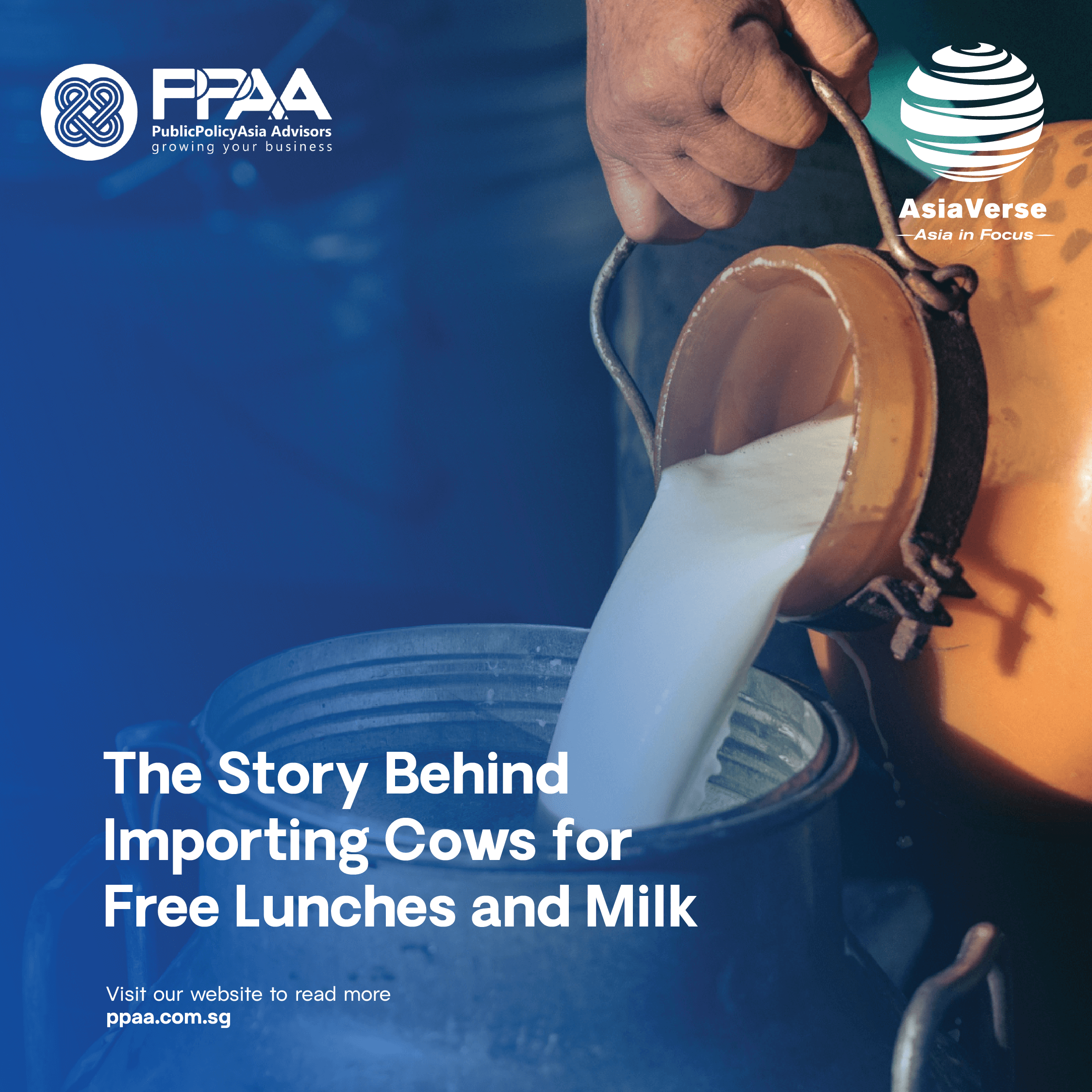Jun 24, 2024 - Through the Ministry of Agriculture, the government issued a letter dated May 2 entitled "Milk Drinking Movement Program, 2024, requesting support from the industry to increase the dairy cow population by 1.1 million to support the free milk and lunch program. This letter asks companies to complete a Business Development Plan Matrix for Dairy Cow Farming, which must be submitted by May 8, 2024. This has surprised many entrepreneurs, especially those without experience or business in the dairy cow sector.
This program follows several meetings discussing the increase in domestic milk production, which aligns with President-elect Prabowo Subianto's campaign promise of free lunch and milk for schoolchildren. However, many companies are struggling because they lack knowledge about dairy farming and are worried about the significant investment required. They are also waiting for regulatory clarity from the government.
With this program, the national milk demand is projected to reach 8.7 million tons, while domestic production is only 0.9 million tons, resulting in a shortfall of 7.8 million tons. The government plans to import dairy cows from several countries, such as Australia, New Zealand, and Brazil, to meet this need. However, industry players need to be more concerned about regulations and the required investments.
Domestic farmers, such as the Syariah Agro Niaga Jabung Cooperative, welcome this program as an opportunity to increase local milk production. They hope to receive government support regarding land and fertilizers to provide animal feed. Additionally, they desire a partnership business model and capital support to scale up their farming operations. So far, the government is still designing and planning scenarios for dairy cow farming development. The request for support from the private sector is still voluntary, aiming to gather industry potential data. Members of the Prabowo Subianto-Gibran Rakabuming Raka National Campaign Team Expert Council, Dradjad Wibowo, is also discussing this program in general terms and not in detail, particularly regarding budget and procurement mechanisms while maintaining fiscal discipline amid global economic turbulence.

